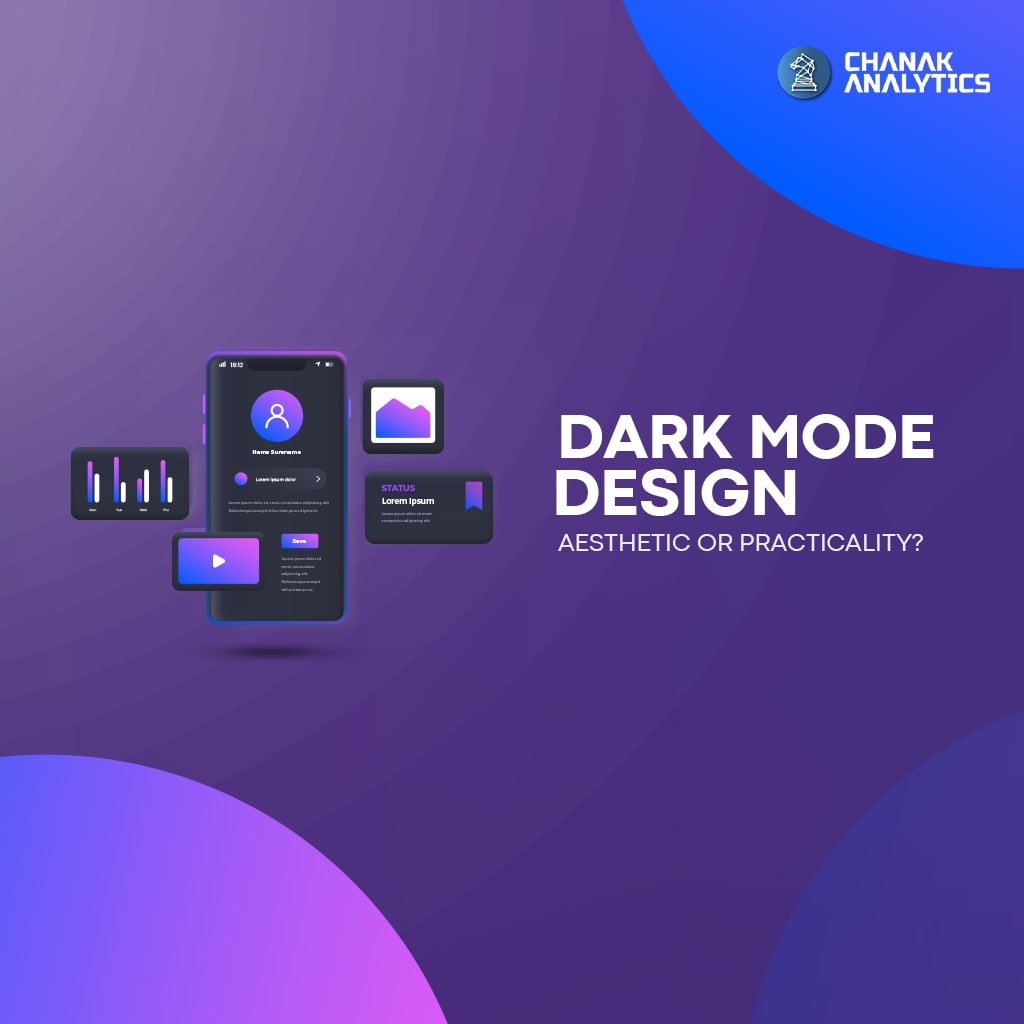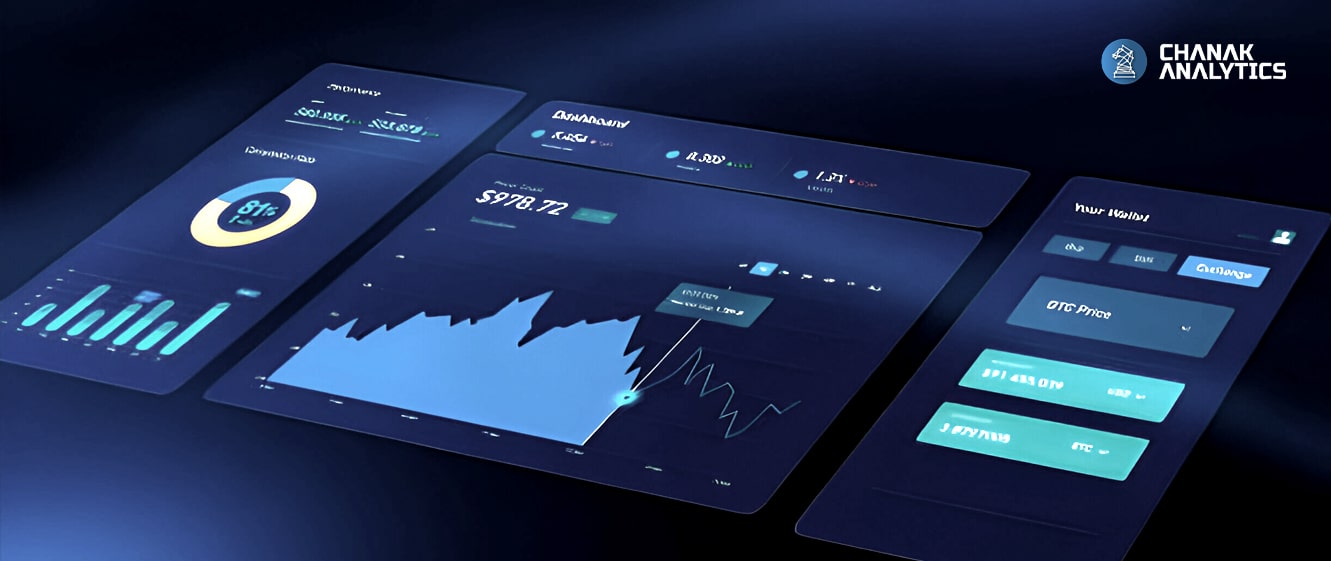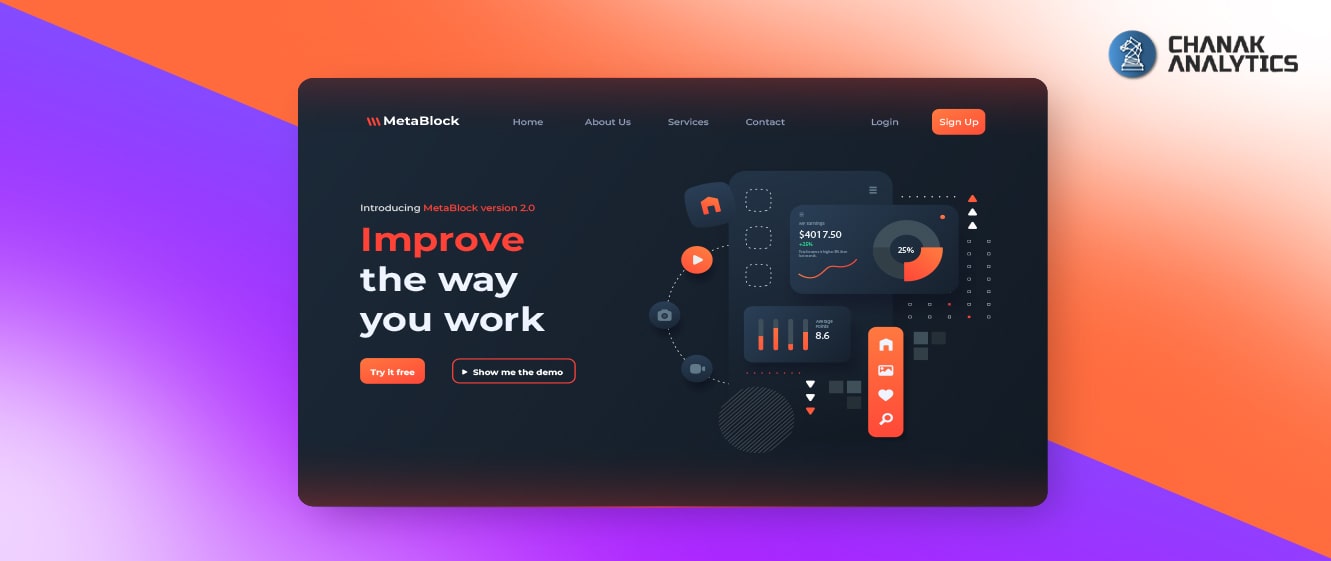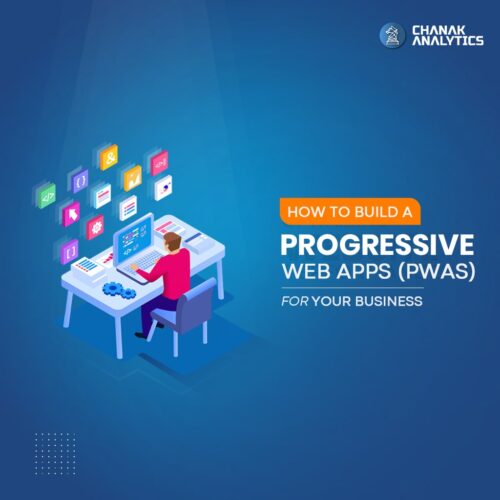Dark Mode Design: Aesthetic or Practicality?


Dark mode design has become a highly popular design trend in recent years, prompting several discussions on whether or not it is simply trendy or useful. Dark mode causes the backgrounds of the applications to be black accompanied by light-coloured texts and icons. Its proponents say that It lessens the burden on our eyes, especially at night and also helps conserve battery life on OLED displays. Many users also like its sleek look. However, several groups have criticised its readability, and some people may find it difficult to use. In the end, whether it’s for the sleek design aesthetic or the alleged health benefits, dark mode is here to stay and is transforming how we use technology.
Why is Dark Mode Design So Popular?
The dark mode has become quite popular in recent years for its benefits on both the physical and mental health of users. At one time, it was a small element, an additional component, but today it is an essential component for many applications and sites. But what is the reason for this? Dark mode is not a trend that will fade soon – it is a combination of functionality and design. Combining a lovely black shade, it causes less eye irritation when operated in dimly lit conditions, making reading effortless and unobtrusive. Apart from the functionality, many users tend to like the interface as it looks more professional and sleek. Whether you print PDFs and are editing them at midnight or just browsing social media, dark mode is a sleek and comfortable option.
Why Choose Dark Mode?
Even though designers and developers have recently paid more attention to dark mode, it’s not just a trend. Embracing a dark colour palette offers several benefits:
- Reduced Eye Strain: By limiting the amount of light emitted from the display, the dark mode becomes more comfortable in the eyes, particularly during nighttime.
- Extended Battery Life: It may be very obvious to you that dark mode for devices with OLED or AMOLED displays helps save battery life.
- Enhanced Readability: Using dark backgrounds is often beneficial text and images look clearer and are sharper in most cases.
- Stylish Aesthetic: While others are indifferent to why people like dark-mode interfaces, a lot of them just appreciate minimalist and futuristic designs.
Does Dark Mode Design Enhance Aesthetics?
Let’s delve into the aesthetic considerations of dark mode design, where the black background colour takes centre stage:
- Mood Elevation: Light mode has a severe and professional look, while dark mode gives out a lavish feel and changes the mood of users while interacting with applications, tools, and websites.
- Enhanced Contrast: Dark mode’s black background helps the text pop out: contrasts help people read better and enjoy an aesthetically pleasing layout.
- Focus on Content: Using a dark colour backdrop at the backdrop advances the concentration of the content while lessening the stress of the eyes in accessing the page.
- Modern Minimalism: The use of Dark mode makes interfaces less gaudy, which aligns it more with the modern design of ‘the elementary practice of subtraction.’
Is Dark Mode Design Better for Your Eyes?
 Dark mode is another aesthetic element that tries to improve text readability; thus, it must be taken seriously. Here are some important practical factors to keep in mind.
Dark mode is another aesthetic element that tries to improve text readability; thus, it must be taken seriously. Here are some important practical factors to keep in mind.
• Readability
For a design that incorporates a black background colour for the text, make sure that the text is easily readable. It is influenced by the size and weight of the text, and the visibility to avoid eye strain lighter colours should be used.
• Contrast
The primary guideline is to ensure that there is adequate and appropriate contrast between text and background. This makes the content easily understandable and convenient for all the readers who consider themselves people with disabilities.
• Consistency
This will ensure that the design is harmonized, and this will make the experience of the user on the various products to be interrelated.
• Accessibility
Start with concrete examples of particular targets, e.g. users with visual impairments. Offer the settings to change the font’s size, as well as contrast ratios between light and dark shades.
• Battery Life
dark mode usage on OLED screens could be as practical in terms of battery efficiency, which is especially important for mobile devices.
• User Preference
Themes should allow the user to select between lighter backgrounds and darker ones depending on their choice or the surrounding atmosphere.
Best Practices for Dark Mode Design
In designing for the dark mode, getting a balance between looks and functionality is a crucial aspect. Here are some best practices to consider. Here are some best practices to consider:
- Contrast is King: Further, make sure to provide enough contrast between texts and the background with a clear distinction in both dark and light environments.
- Eye Comfort: There is always better comfort when coming across and reading content on a screen with a dark background as compared to a glaring white background.
- Battery Saver: Using dark mode, the battery of OLED screens is conserved so it can be used for mobile devices and be practical.
- Aesthetic Appeal: Dark mode is beneficial in that it helps to give interfaces a more professional appearance. Many users find that extremely appealing.
The black vs. white debate has become one of the most talked-about issues. To effectively target all of your clients, you must ensure that all viewpoints are taken into account and that details are paid attention to.
Practical Tips for Implementing Dark Mode

- CSS Media Queries: Use CSS to make the layout more adaptable by aligning it to the user’s preference.
- Toggle Switch: Try giving users an option to turn the mode from dark to light mode and vice versa within a blink of an eye.
- System Preferences: Connect to the system settings of the device to toggle between the modes depending on what is preferred by the user.
- Customization Options: Give the users an option where they select the mode they would wish to be in.
- Accessibility Considerations: Make sure the contrast and the text readability are perfect for all the users, whether it comes to dark or light mode.

- CSS Media Queries: Use CSS to make the layout more adaptable by aligning it to the user’s preference.
- Toggle Switch: Try giving users an option to turn the mode from dark to light mode and vice versa within a blink of an eye.
- System Preferences: Connect to the system settings of the device to toggle between the modes depending on what is preferred by the user.
- Customization Options: Give the users an option where they select the mode they would wish to be in.
- Accessibility Considerations: Make sure the contrast and the text readability are perfect for all the users, whether it comes to dark or light mode.
Dark mode is certainly a very functional tool, not only for the aesthetics of the interface but also to reduce eye fatigue and extend battery life.
Do Users Prefer Dark Mode for Style or Practicality?
Regarding the bright and dark modes, people seem to be more drawn to the latter due to its appearance and functionality. Modern users, in particular, are thrilled with the striking appearance and less eye strain, especially while browsing at night. It is easier for our eyes to read in dark mode, especially at night, which makes it more readable and convenient to use for extended periods. Furthermore, the dark mode is commended for its effect on the OLED screen. It saves tons of electricity for devices that use a portable power source.
Due to user convenience and, of course, aesthetic preferences, dark mode is currently an unquestionable trend. It is frequently employed on social networks as well as in programmes for enhancing productivity, among other things.
Is Dark Mode the Future of Design in Different Industries?
Originally, the dark mode design was an optional feature, but today, it is an industry standard that combines ergonomics and style. Here’s how it’s utilized:
• Tech Industry
Social media platforms such as Twitter and Instagram provide a dark mode to improve visual comfort when using OLED screens and to save battery.
• Healthcare
EHRs, therefore, incorporate the dark mode essence to reduce user eye strain, especially from workers who engage in extended hours of practice.
• Gaming
Video games use dark mode since it helps capture the user into the gaming environment and minimize eye strain when playing games for a long time.
• Finance
Stockbrokers and banking apps adopt dark mode due to their suitability in performing activities during the night.
The use of Dark mode shows that style and usability are the primary areas that are valued by users.
Is Dark Mode Design Worth It?
In addition to improving the interface’s appearance, dark mode design offers several distinct benefits. In a way, it enhances performance and gives users a sleek, clean appearance that they like. In practice, it has advantages such as reduced eye strain and the potential to conserve battery power in devices with OLED screens. It may not be used in all situations, but it has grown in popularity since it fills a certain niche. Designers should consider dark mode for both its stunning appearance and practical benefits. Dark mode, though, is a useful tool to improve interface usability rather than just a passing trend.
Join the community
Join our 400,000+ person community and contribute to a more private and decentralized internet. Start for free.


